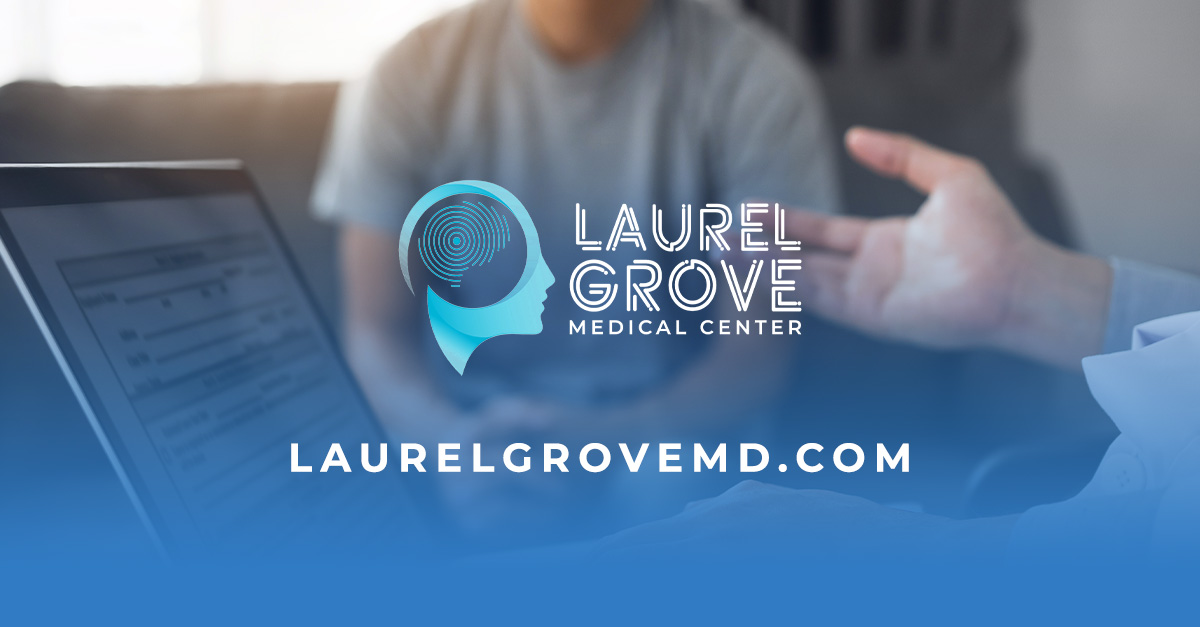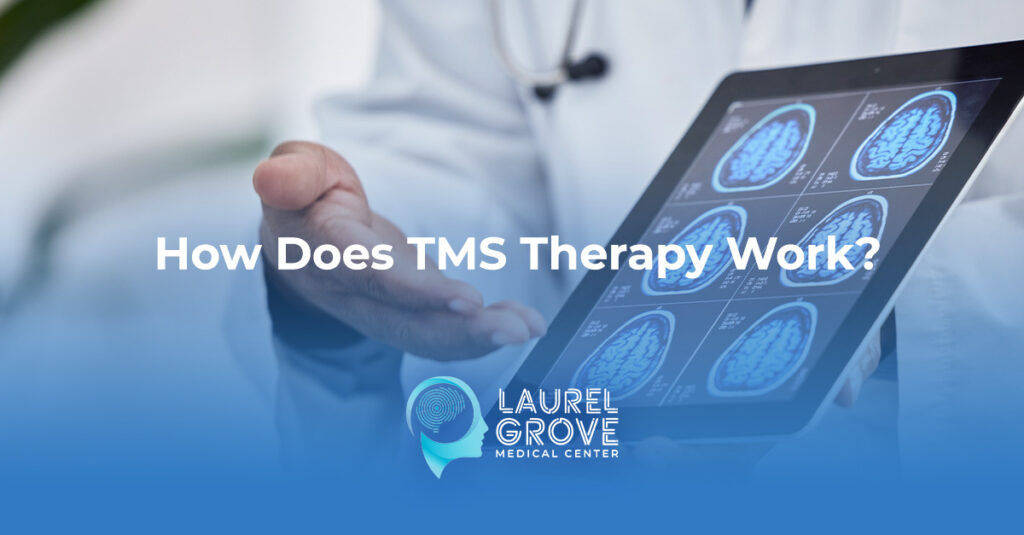Transcranial Magnetic Stimulation (TMS) is a groundbreaking treatment option for mental health conditions, offering a non-invasive and medication-free approach to addressing persistent symptoms. Approved by the FDA for treating major depressive disorder (MDD), TMS therapy is increasingly being explored for other conditions such as anxiety disorders, obsessive-compulsive disorder (OCD), and post-traumatic stress disorder (PTSD). By using magnetic fields to stimulate specific areas of the brain, TMS provides an innovative way to improve mood regulation and alleviate mental health symptoms, especially for individuals who have not responded to traditional treatments.
At its core, TMS works by targeting the brain’s prefrontal cortex, a region associated with mood regulation and decision-making. During a TMS session, a magnetic coil is placed on the scalp, delivering targeted pulses that stimulate neural activity. For individuals with depression, this region often shows decreased activity, contributing to symptoms like low energy, feelings of worthlessness, and difficulty concentrating. TMS aims to restore balance by reactivating underperforming neural pathways, helping to improve emotional regulation and cognitive functioning.
Is TMS Therapy Right for You?
The treatment process is relatively straightforward and comfortable. A typical TMS session lasts about 20 to 40 minutes and requires no sedation or recovery time, allowing patients to return to their daily activities immediately afterward. Patients usually undergo treatment five days a week for several weeks, with each session building upon the last to produce cumulative benefits. Unlike medications, which often have systemic side effects such as weight gain, fatigue, or gastrointestinal issues, TMS primarily affects the targeted brain region, reducing the risk of widespread adverse effects.

One of the most significant advantages of TMS is its potential to help individuals who have not found relief through traditional methods, such as therapy or medication. Many people with treatment-resistant depression report significant improvements in their symptoms after completing a TMS regimen. The non-invasive nature of the treatment also makes it an appealing option for those who prefer to avoid medications or who cannot tolerate their side effects.
Treating Depression and Other Disorders
In addition to treating depression, TMS is showing promise for other mental health conditions. For individuals with OCD, TMS can target specific brain circuits involved in repetitive behaviors and intrusive thoughts, helping to reduce the severity of symptoms. Similarly, research into TMS for anxiety disorders and PTSD suggests that the therapy may help by modulating brain areas linked to fear and emotional processing. While more studies are needed to fully understand its effectiveness across different conditions, the initial results are encouraging.
The personalized nature of TMS also sets it apart as a treatment option. Before beginning therapy, patients undergo a thorough evaluation to determine the best placement and intensity of the magnetic pulses for their specific needs. This customization ensures that the treatment is as effective as possible for each individual, enhancing the likelihood of positive outcomes.
While TMS is not a one-size-fits-all solution, it offers hope for many who feel stuck in their mental health journey. It is particularly valuable as part of a comprehensive treatment plan that includes therapy, lifestyle changes, and ongoing support. The ability to directly target the brain’s neural circuits makes it a unique tool in the fight against mental health challenges, providing relief and restoring quality of life for those who need it most.
Contact Laurel Grove Medical Center Today
As awareness of TMS continues to grow, it is becoming a powerful ally in the mental health field. To learn more about our offerings at Laurel Grove Medical Center, call us today (323)376-9650. You can also visit our Contact page to reach us by email.

